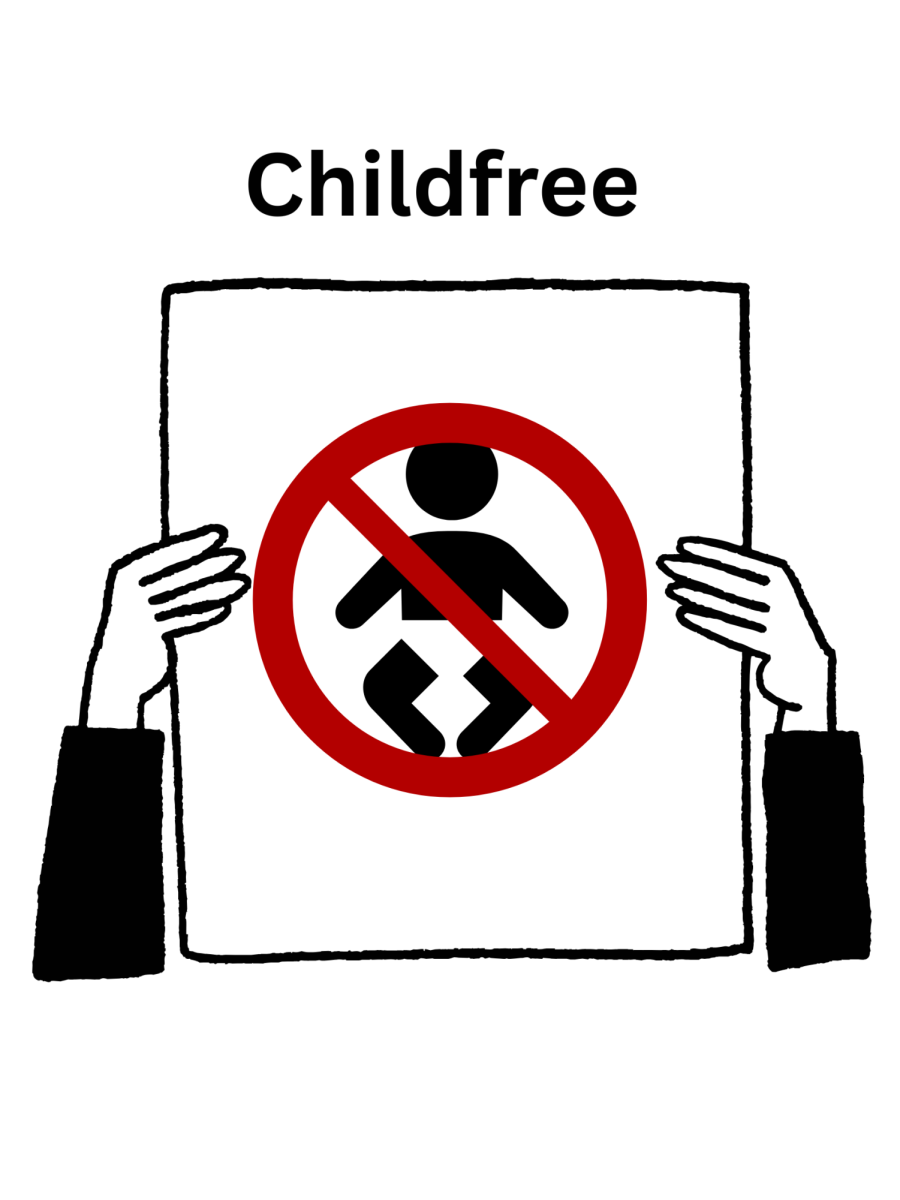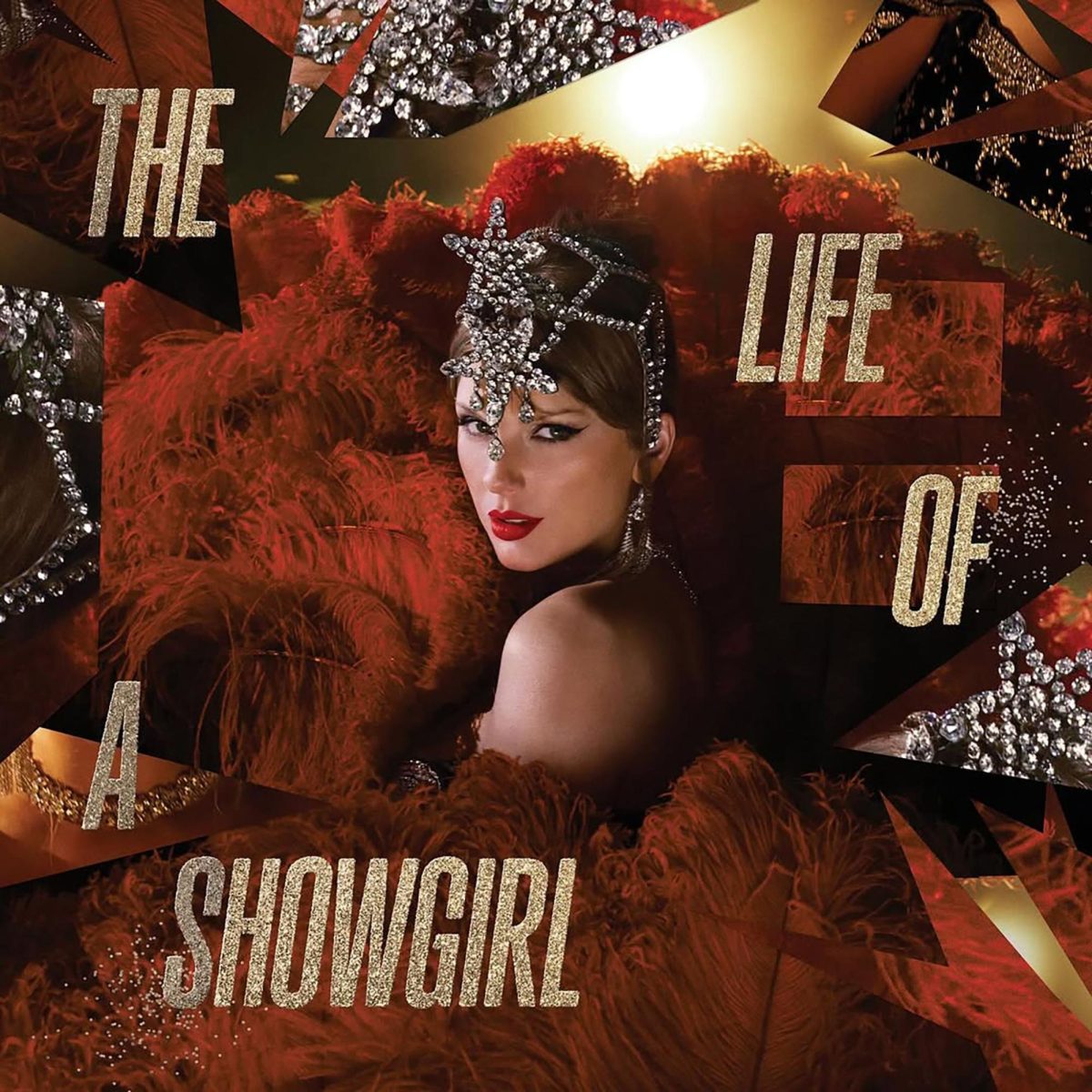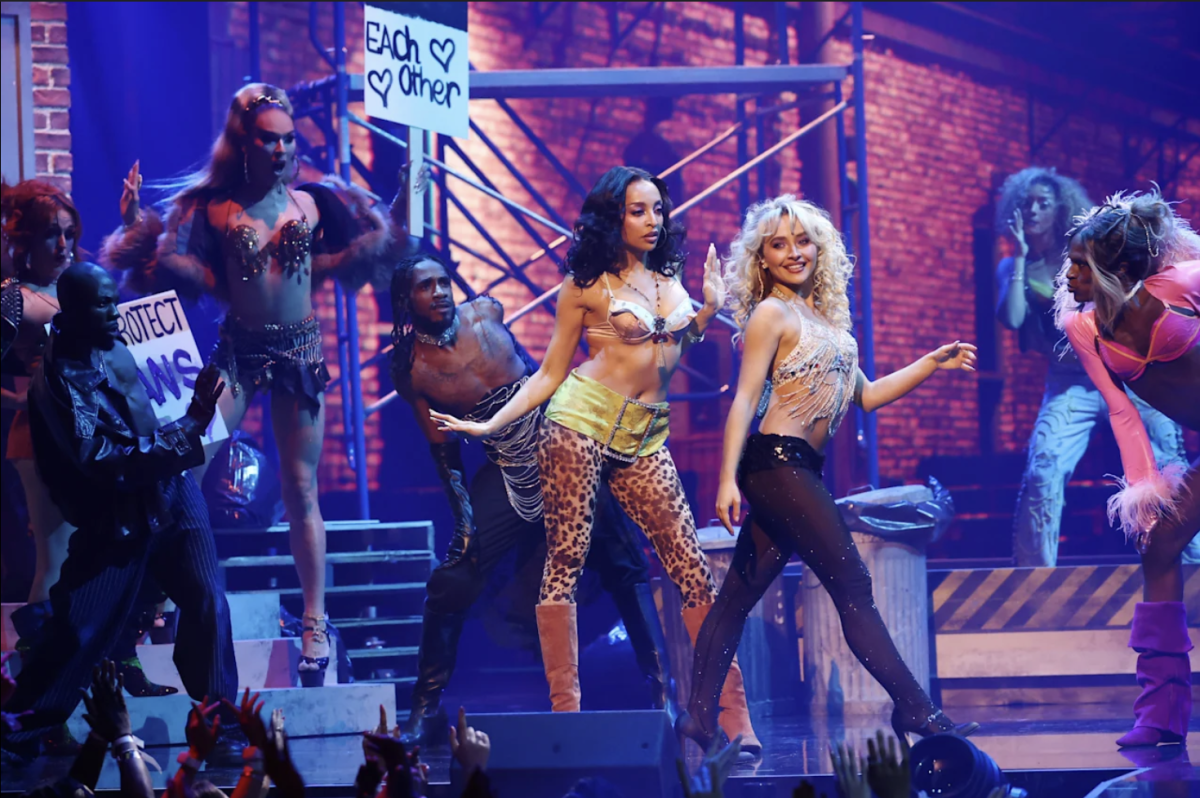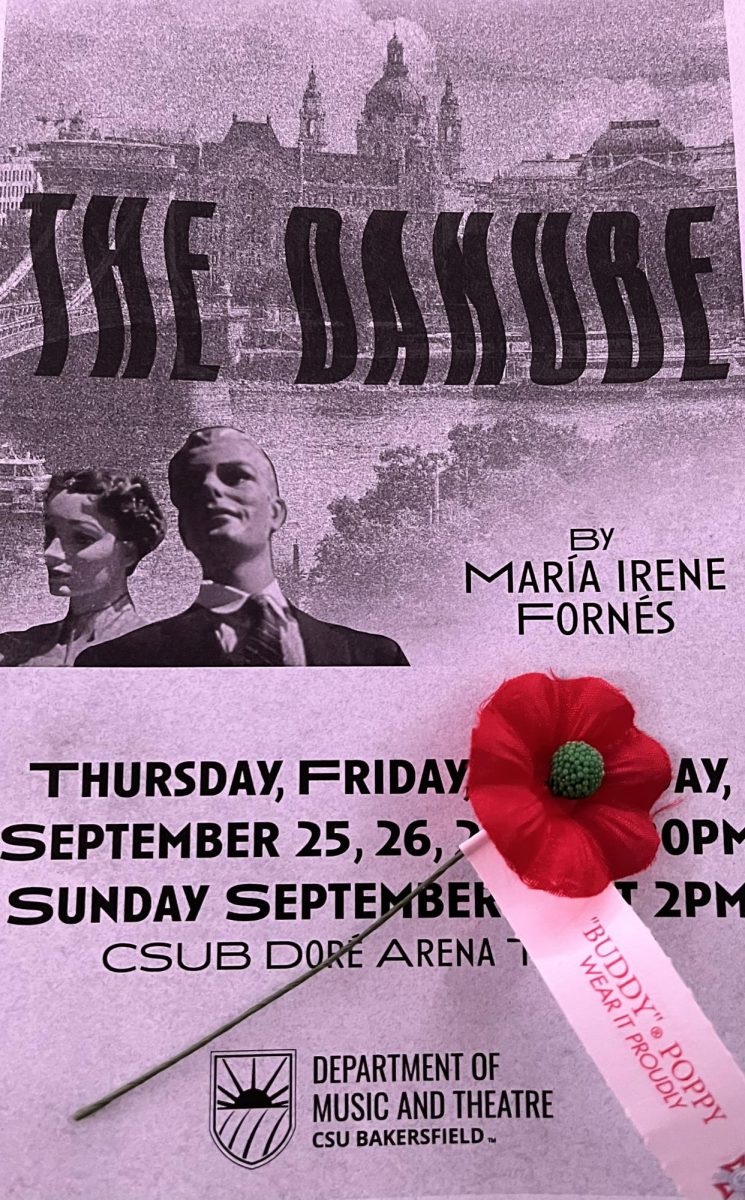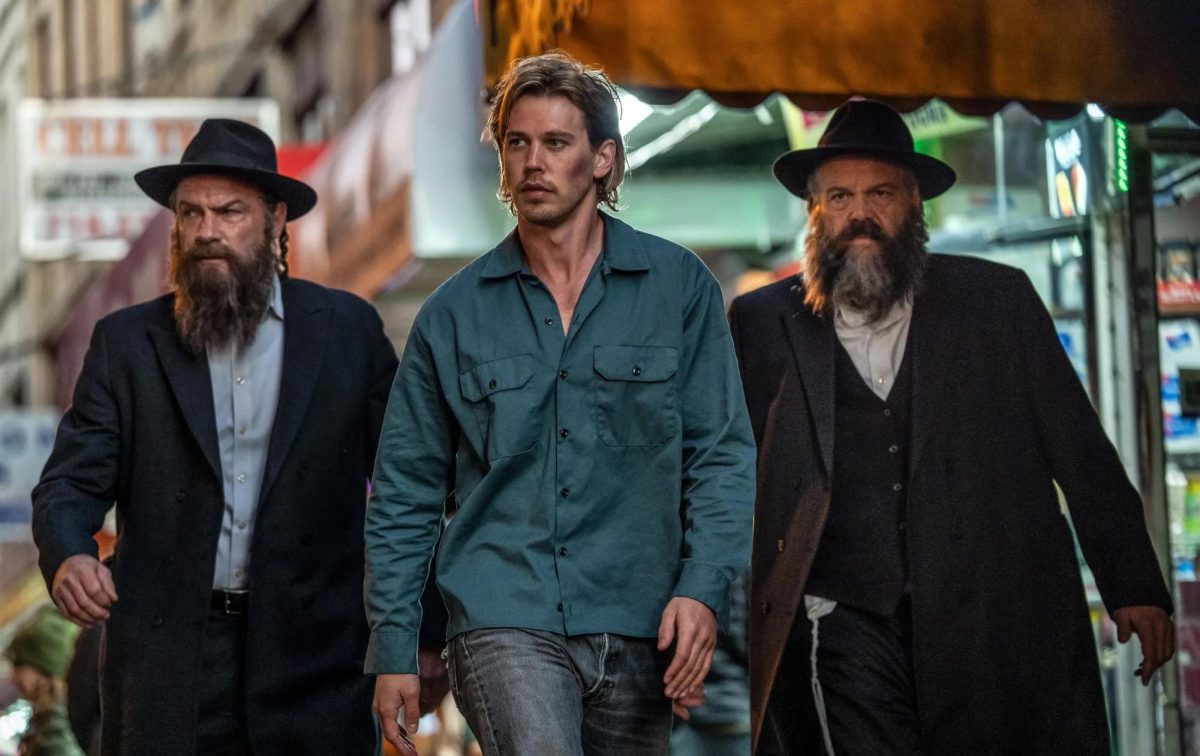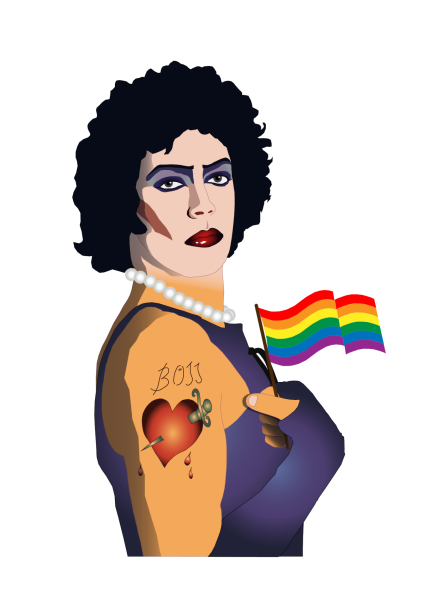
If I may, I would like to take you on a strange journey of fear and sexuality. While some may stay away from horror because of how it terrifies and disturbs them, it can be a great comfort for those demonized or made terrified of themselves by society. Horror has always been a way to help us explore ourselves and understand our fears, both individual and societal, to help us in comprehending and understanding who we are and why this thing terrifies us.
However, what happens when what we are terrified of is ourselves, who we are, and what we are becoming?
“A Nightmare on Elm Street 2: Freddy’s Revenge,” directed by Jack Sholder, is a subtle exploration of the fear of oneself. The film is about Jesse Walsh, played by Mark Patton. Patton moves with his family into the home of Nancy Thompson, the survivor of the first movie, where Freddy Kruger strikes back by using his body as a host to carry out his vendetta against the kids of Elm Street.
While not blatant on an exploration of sexuality, the film does carry undertones of the fear of homosexual identity with the actions, underlining plot, and scenes within the flick heavily suggesting the terror that comes with the discovery that you are not straight and fears of the 1980s of homosexuality with scenes of going to gay bars, gym showers, wearing leather, and sleepovers at a friend’s house.
However, some horror films decide not to entrap themselves in fear of identity but to rejoice in the discovery of identity—being who you are.
“The Rocky Horror Picture Show,” directed by Jim Sharman, celebrates sexuality and freedom while staying in a dark mansion with such a strange and fabulous host. When an engaged couple gets a flat tire, they find shelter in the dark mansion of Dr. Frank-N-Furter, played by Tim Curry, a transvestite scientist. Throughout the night, they lose their innocence, meeting strange characters and being introduced to Dr. Frank-N-Furter’s newest creation, Rocky, a muscular man and man-made lover for Frank-N-Furter.
The flick ends up being a celebration of the sexual revolution that partakes in the sexual exploration with the intertangling of romance, sexual escapades between men and women, men and men, and music numbers of being lost in eroticism, flesh, and excitement of crossing sexual and gender binaries.
However, not all movies share the same view and instead reinforce the demonization and discrimination of LGBT people, especially the trans community, with movies such as “Silence of the Lambs” and “Sleepaway Camp.” While popular among horror movies, both films have their roots in the fear and anxiety of trans individuals and the supposed danger they impose on women. These barbaric views in the media have caused irreparable damage for both the horror and trans communities.
However, some moviemakers have sought to go against this portrayal and view those of trans or nonbinary identity in a more sympathetic light, such as in “Seed of Chucky,” which does have a murderous doll as the trans individual, yet presents them and their story more sympathetically, in which the audience hopes for their success and inner peace.
While horror still has a long way to go, there is still that comfort that horror brings to the gay community and outsiders of the traditional sexual and gender binary. With the introduction of indie horror and arthouse films within cinema, more filmmakers will have a chance to explore the fears of sexuality and gender, change what has previously been demonized, and express the fear and anxiety of the LGBT community on the big screen.



